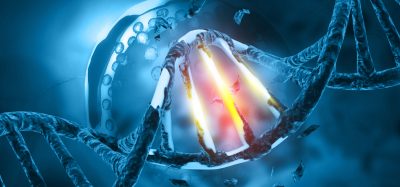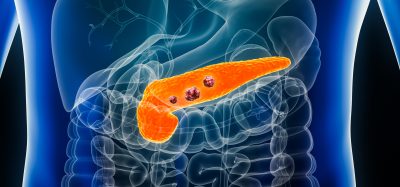Expert view: Delivering better therapeutics: fully characterising and recovering T cells
Posted: 1 June 2020 | Berkeley Lights | No comments yet
T cell-based therapies have shown promise as new treatment options for various cancers.
However, the functional heterogeneity of T cells can prove challenging during their development into therapeutics. These therapies have been associated with side effects relating to cytokine release syndrome (CRS) and neurotoxicity, placing extra importance on the understanding of functions such as cytokine release and killing kinetics at the single-cell level.
The ideal therapeutic would be tailored to mediate rapid destruction while avoiding high levels of cytokine release. The Opto™ Cell Therapy Development 1.0 Workflow enables development of this next generation of immunotherapies by allowing deep characterisation and profiling of T cell populations at the single-cell level to identify T cells with the desired function and also directly linking their behaviour to genotype.
Unlike traditional methods, that rely on correlating data collected by splitting samples across multiple instruments, the Opto Cell Therapy Development 1.0 Workflow enables multiple functional assays to be performed on the same T cell, across more than 1,000 T cells simultaneously, in only a matter of days.
The workflow is a collection of ever-expanding capabilities powered by software, reagents and protocols. Capabilities within the workflow allow for the direct measurement of secretion of multiple cytokines and the number of individual T cell-tumour cell interactions to directly visualise killing behaviour over time. Cells of interest can then be exported alive for downstream applications or for TCR sequencing using the TCRseq Well Plate Kit.
This ability to fully characterise individual T cells in shorter timeframes expedites the ability to understand the cells that matter most – the ones that may prove to be the next powerful therapeutics.
Related topics
Immunotherapy, Therapeutics
Related organisations
Berkeley Lights







